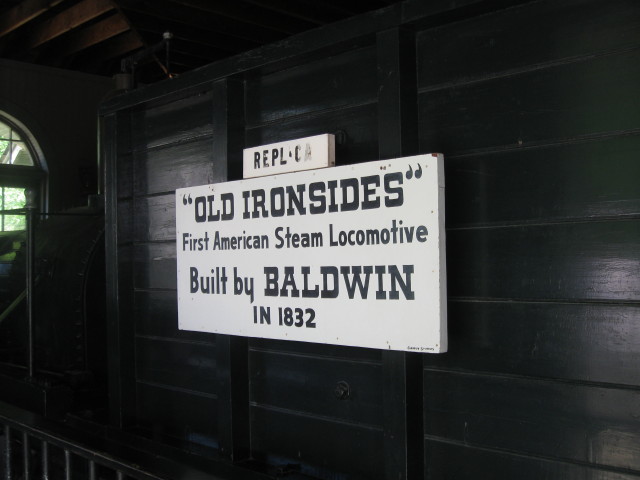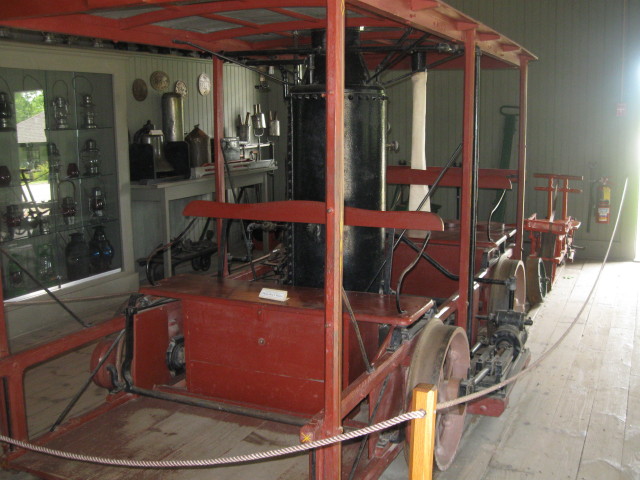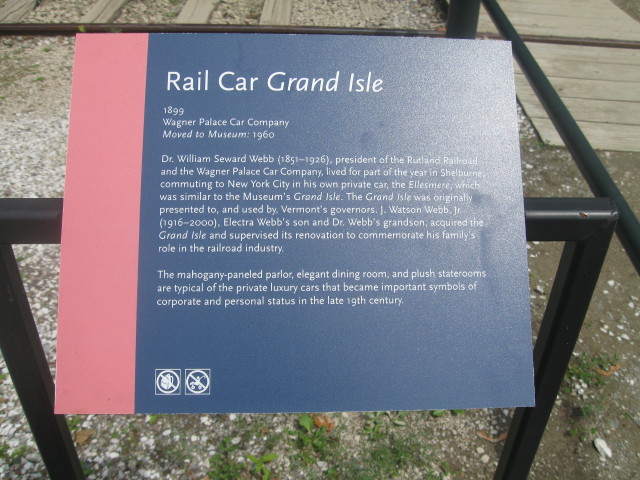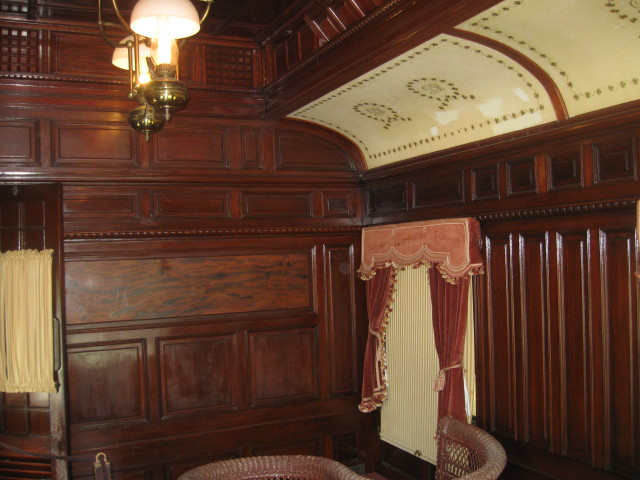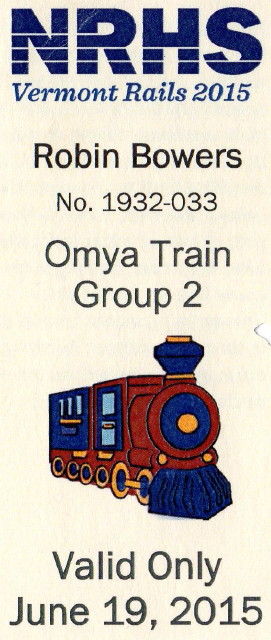After the
photo runby was completed, Group # 2 and I
boarded the train for the ride back to
Rutland.
OMYA GPS: 43
42.480N 73 03.701W.
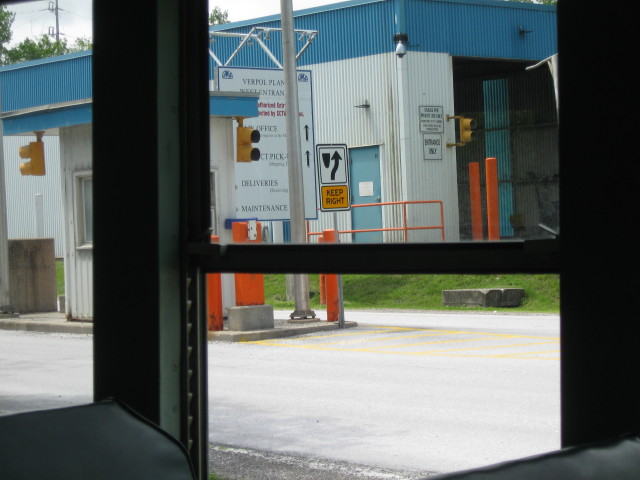
OMYA West Verpol plant entrance.
Click
for more information on OMYA in Vermont.
Click back button on your browser to
return to this page.
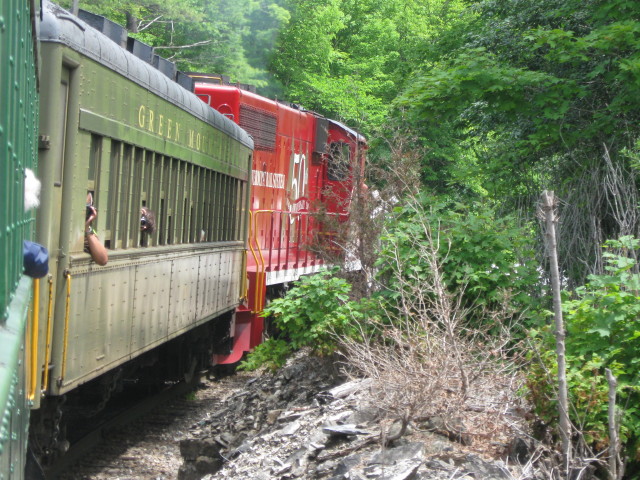
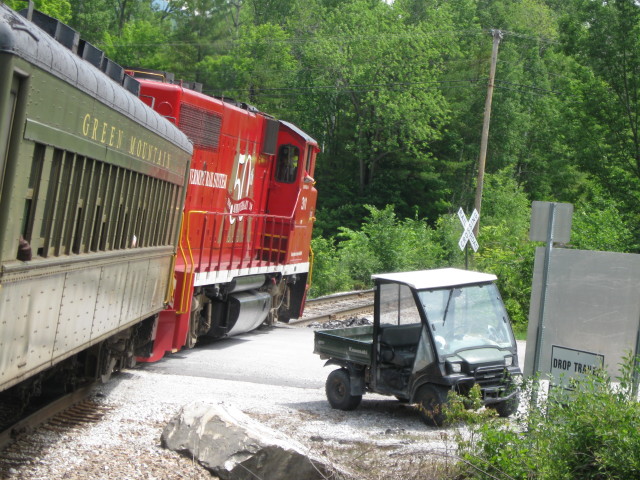
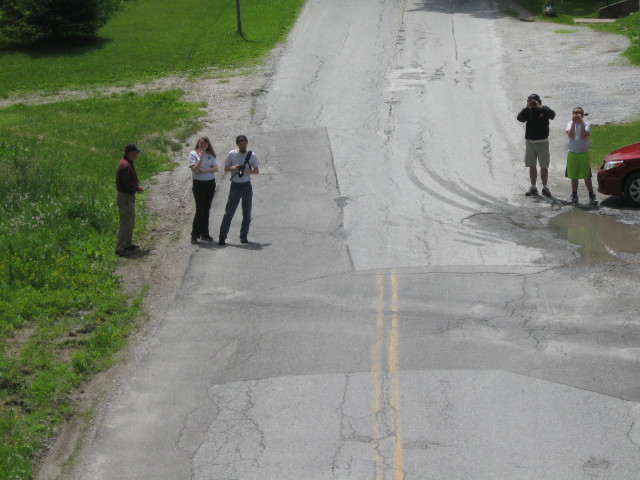
Local train chasers.
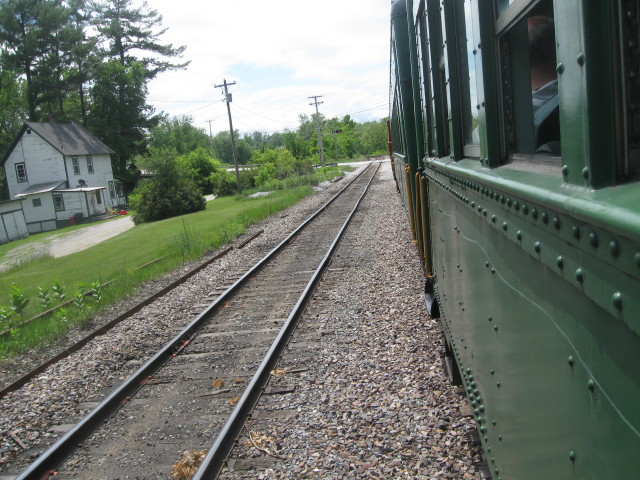
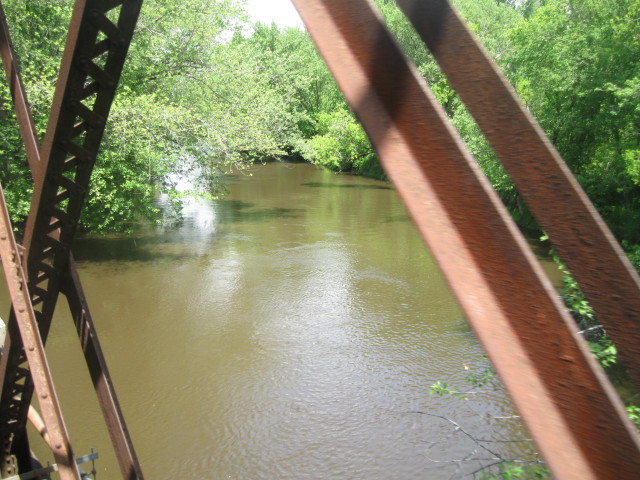
We crossed Otter Creek several times.
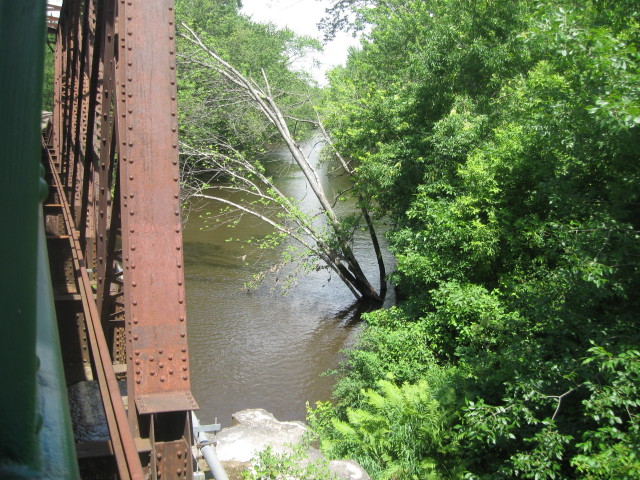
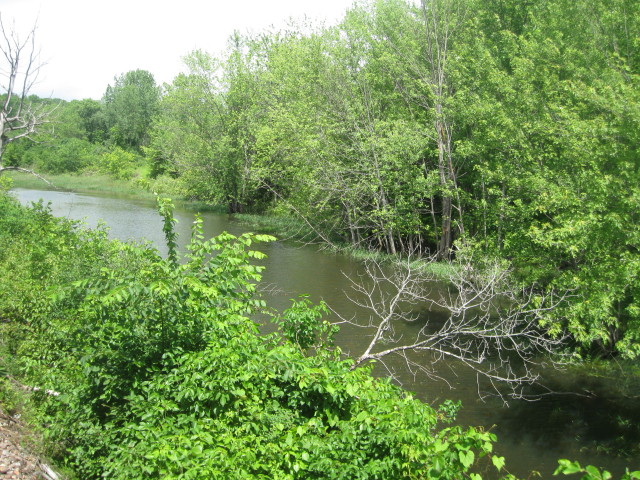
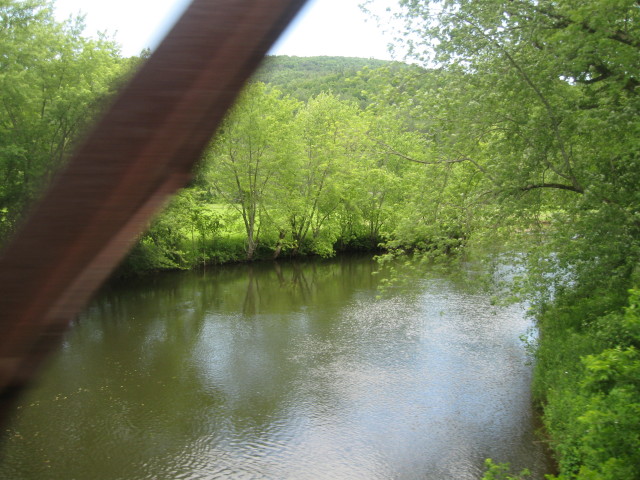
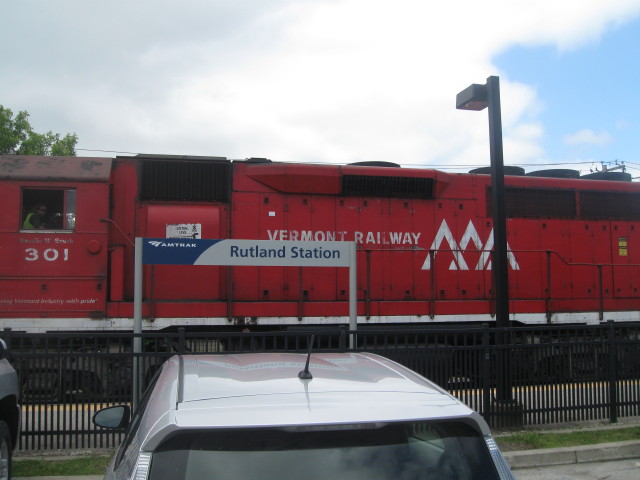
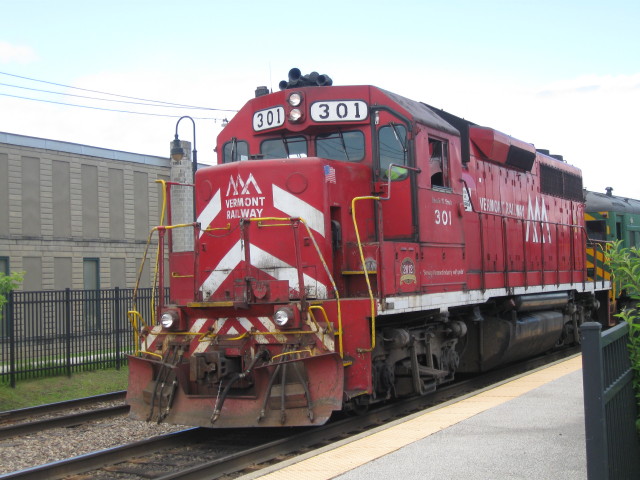
VTR 301, GP40, build date 5/67, EMD
33098, ex-CSXT 6790, exx-SBD 6790,
orginaly WofA 701.
After
our arrival in Rutland ten minutes early,
Chris and I jumped into the car and headed
out of town on Rte 7 north towards
Burlington, VT.
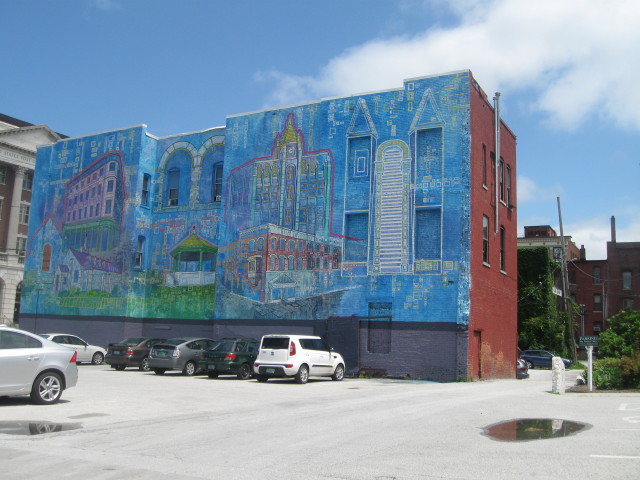
This building is located adjacent the Amtrak
parking lot.
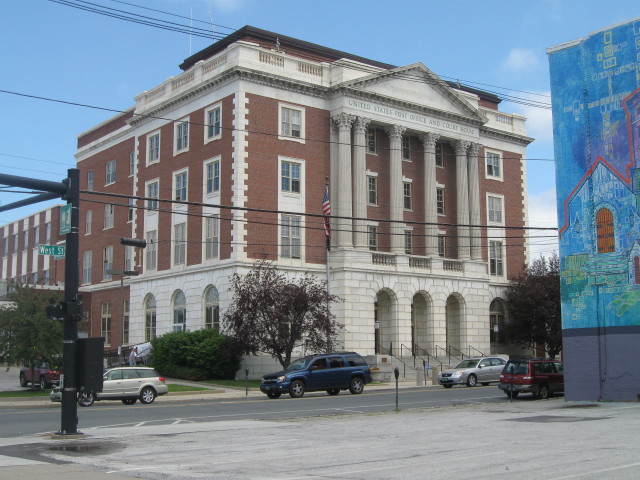
United States Post Office and Court House.
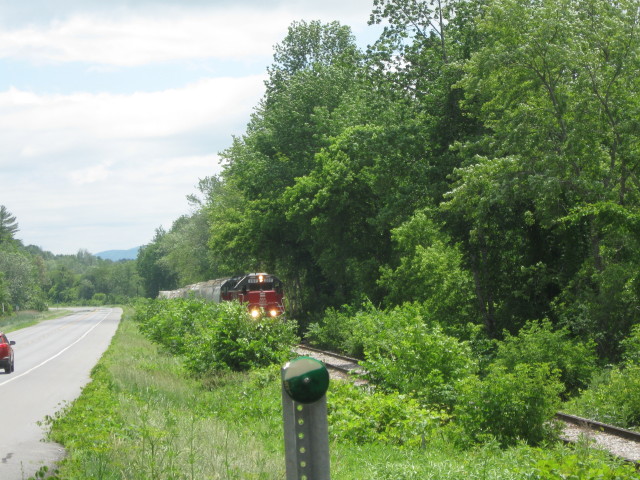
After leaving town, we stopped for this
freight with Omya cars that we had seen in
the yard in Rutland.
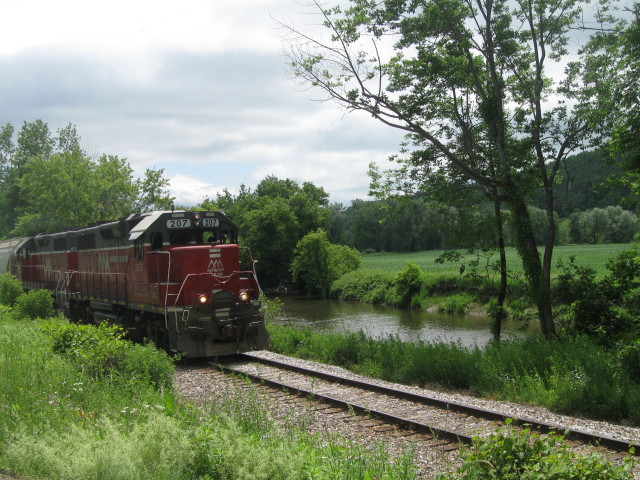
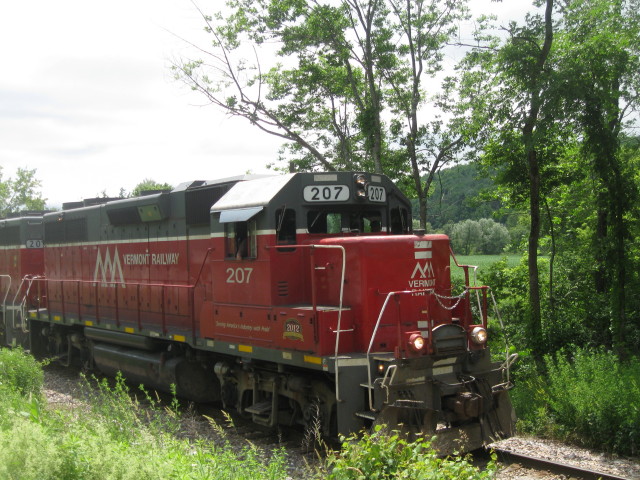
VTR 207, GP38-3, EMD, build date
-1969, Ex-Southern 2718.
New England Maple Museum
When I
think of Vermont, I often think of maple
syrup, so the New England Maple Museum is
the perfect place to learn about the sweet
subject. Maple sugaring has been an early
Spring tradition in Vermont ever since the
Eastern Woodland Indians discovered that
maple sap cooked over an open fire
produces a sweet sugar. Reportedly, when
the first Europeans arrived, the Indians
traded maple sugar with them before
teaching them where the sweet product came
from. Today, maple syrup is a leading
product of the state.
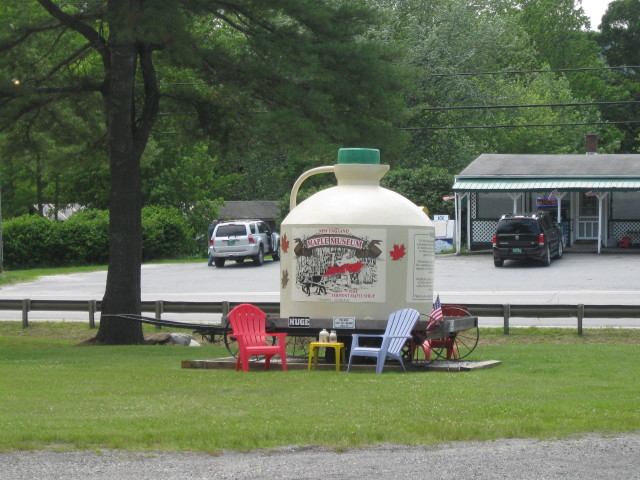
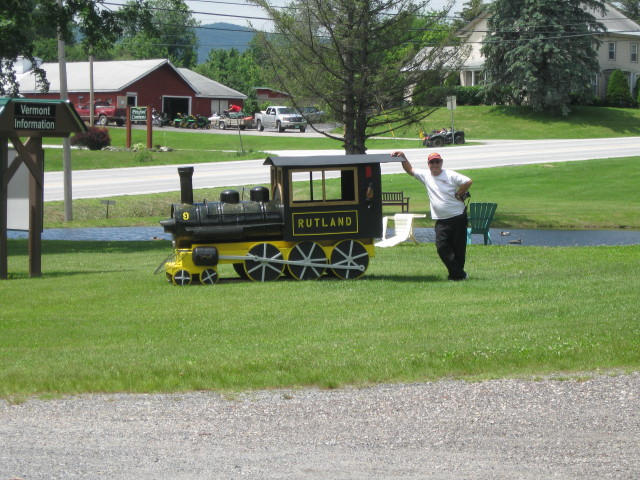
Chris with his choo-choo.
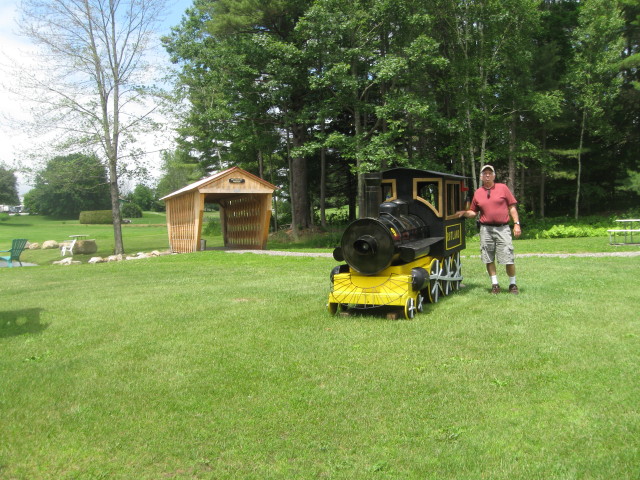
Author.
Our stop here was quick, but I was able to
purchase several bottles of maple syrup to
use on my homemade Belgian waffles and to
use as souvenir gifts.
Next visit I will plan on spending extra
time to see everything.
Click here
for The New England Maple Museum. Click
the return button on your browser to
return to this page.
Depot, New Haven Junction, VT
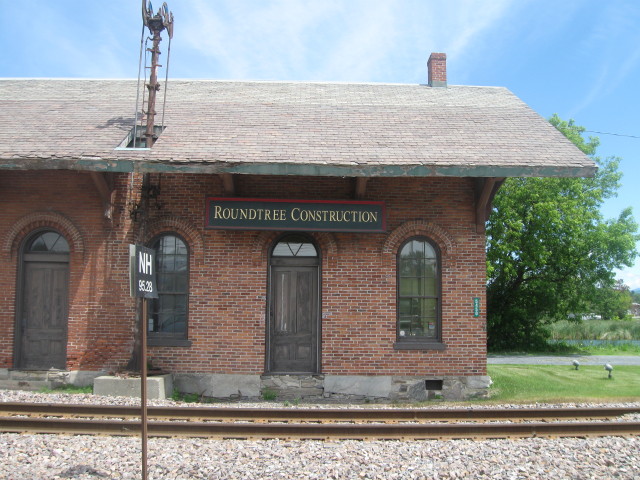
MP
95.28 New Haven
Junction - The brick depot just east of
the tracks at New Haven Junction was added
to the National Register of Historic
Places list in 1978. It was built in 1872
by the Rutland Railroad (some sources say
1868), and is today occupied by Roundtree
Construction, a full service cabinet and
mill work shop. In Rutland Railroad Time
Table No. 119, New Haven is shown as
having an 83-car siding and the office
call sign of "NH." There was once a milk
station here, located on the west side of
the tracks about 1,000 feet north of the
station.
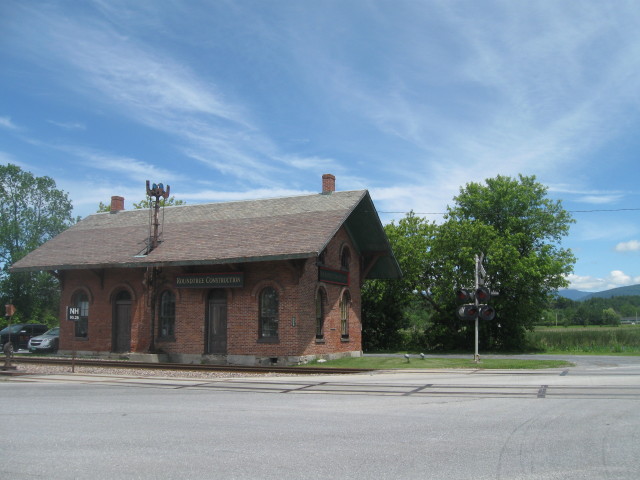
Shelburne Museum
The
Shelburne Museum was founded in 1947 as a
museum of art, design, and Americana.
Today, it includes more than 150,000 items
on display in almost 40 buildings, 25 of
which are historic and were relocated to
the Museum grounds. Located on 45 acres,
many of the exhibits are transportation
related. The Museum features the 1890
Shelburne railroad station.
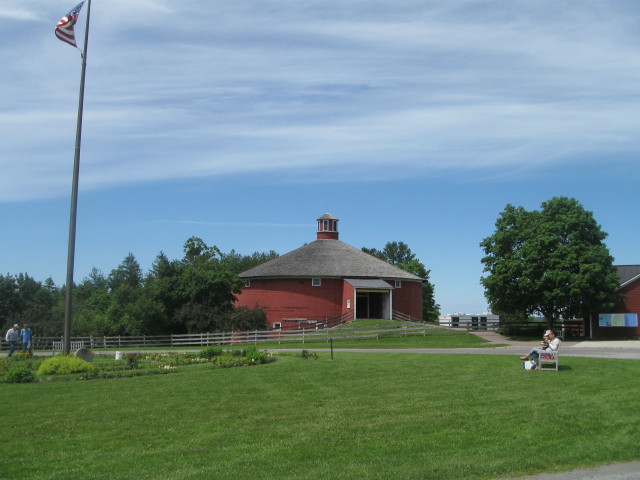
Round Barn.
After
stopping at the Admissions and Museum
Store, we began our tour passing by the
Round Barn.
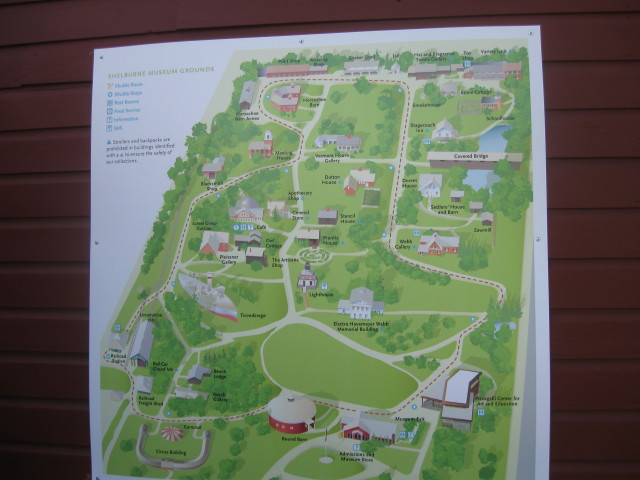
Map of grounds and Shuttle Stops.
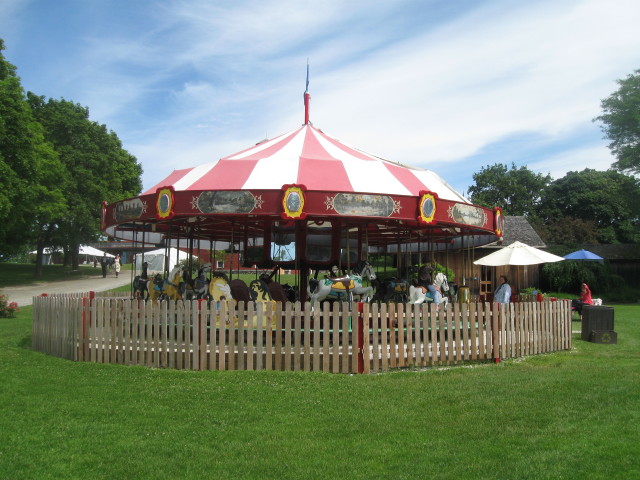
Carousel outside of the Circus Building.
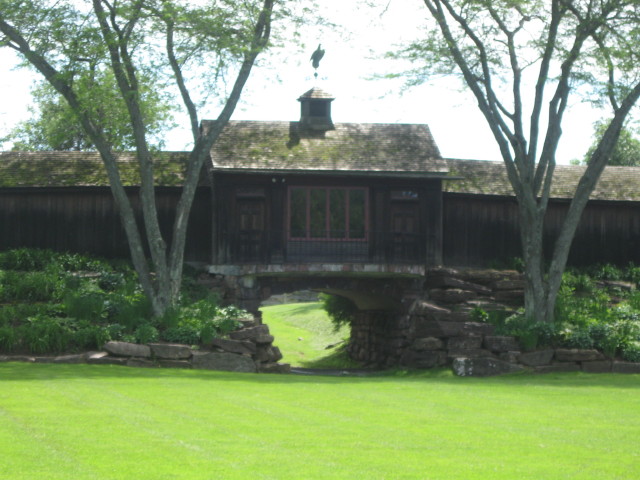
The U shape Circus Building with hand carved
circus figures, carousel animals inside.
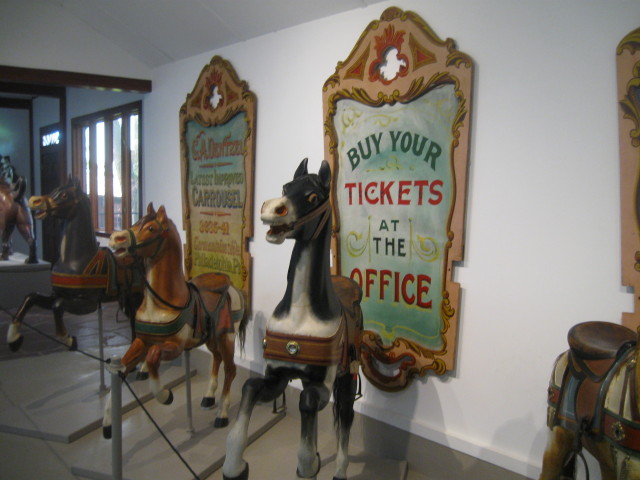
Inside the Circus Building.
Shelburne Museum also has more than 500
circus posters dating from the 1830s to the
1960s.
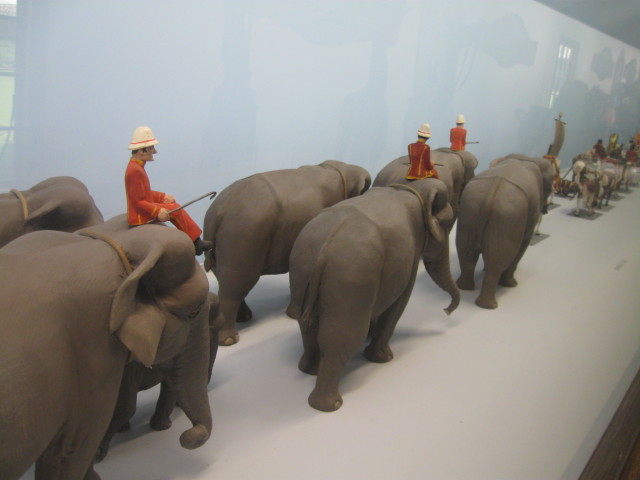
Among the most
popular exhibitions at Shelburne Museum
are two hand-carved wood circus models.
The Arnold Circus Parade was made
between 1925 and 1955 and forms a parade
more than 500 feet long. The 4,000
one-inch-to-one-foot scale figures
include clowns, acrobats, animals, and
circus wagons, evoking the heyday of the
circus era.
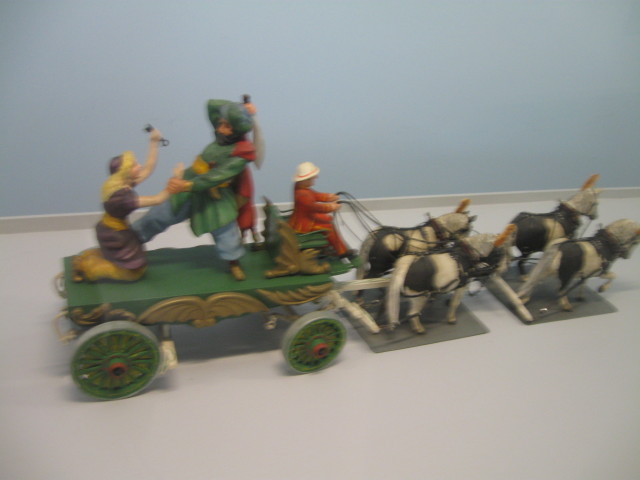
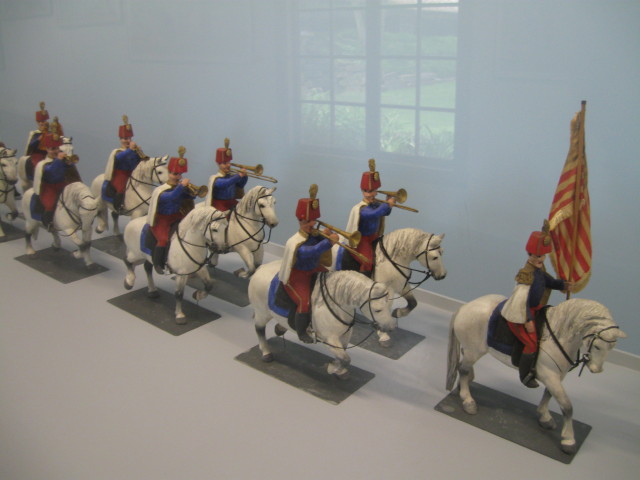
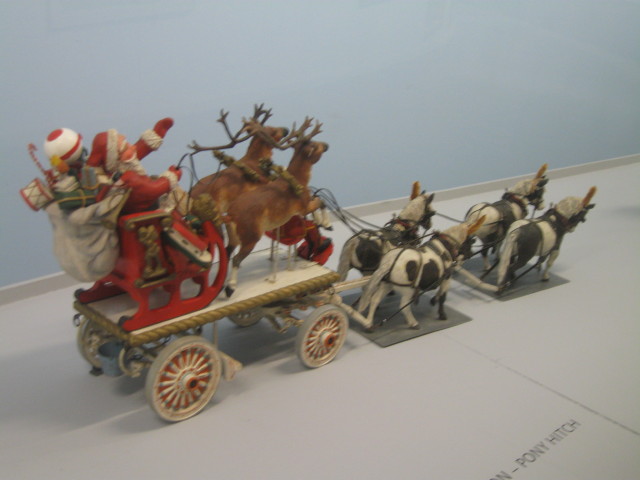
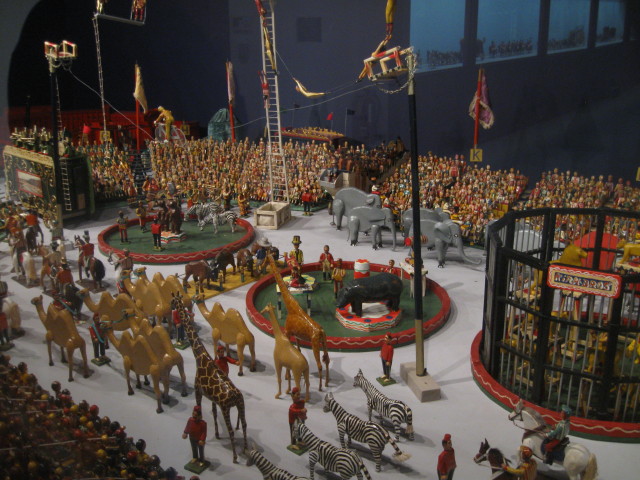
The Kirk Brothers
Circus is a miniature three-ring circus,
complete with an audience, comprised of
more than 3,500 pieces. Edgar Kirk
fashioned the figures over a period of
forty years using only a treadle jigsaw
and penknife.
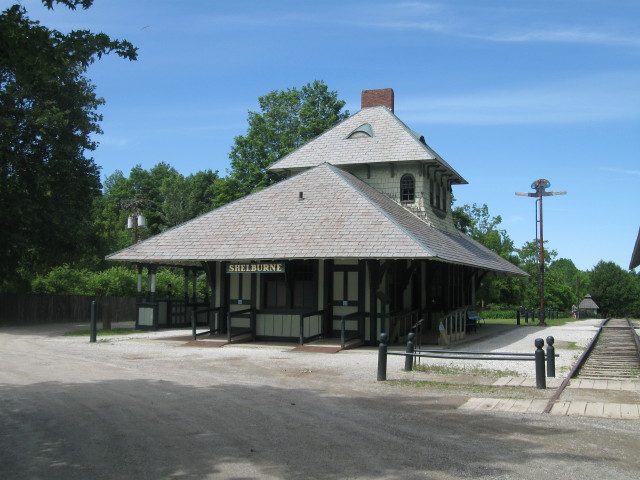
1890 Shelburne railroad station.
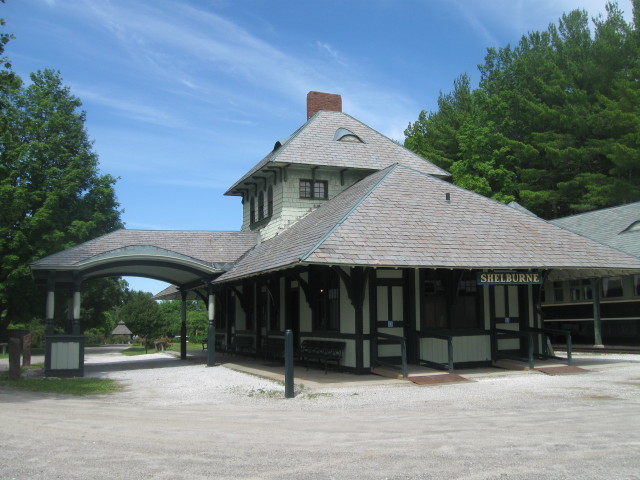
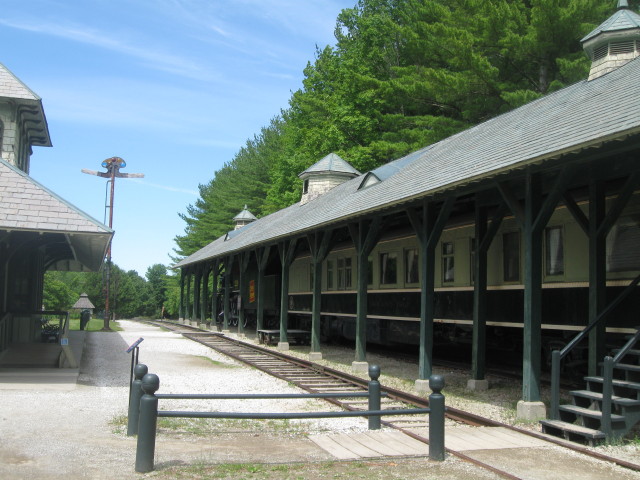
On the right: Central Vermont Railway #220
and the private business car
Grand Isle
under cover.
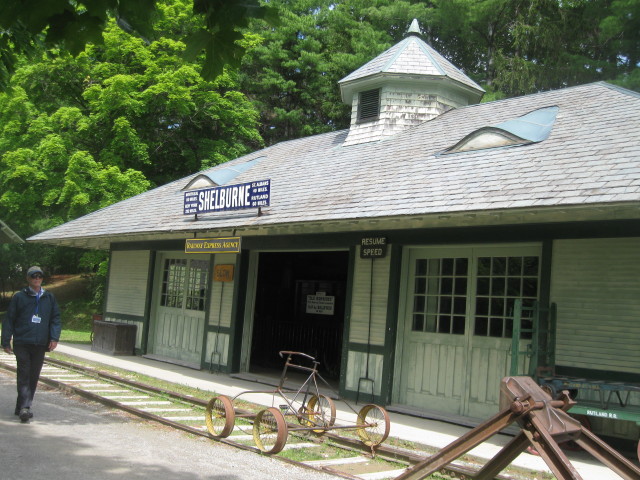
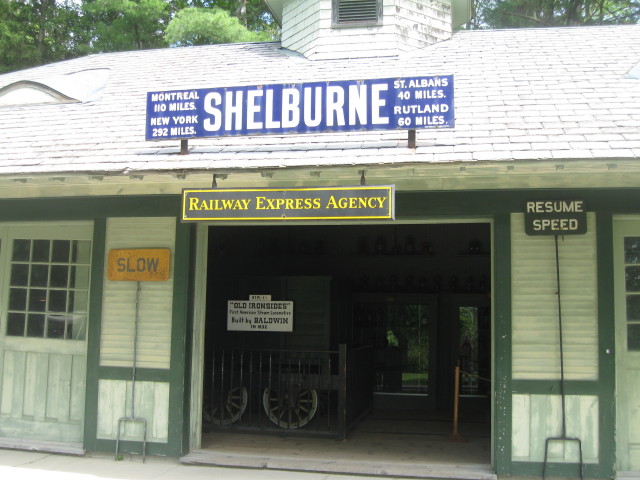
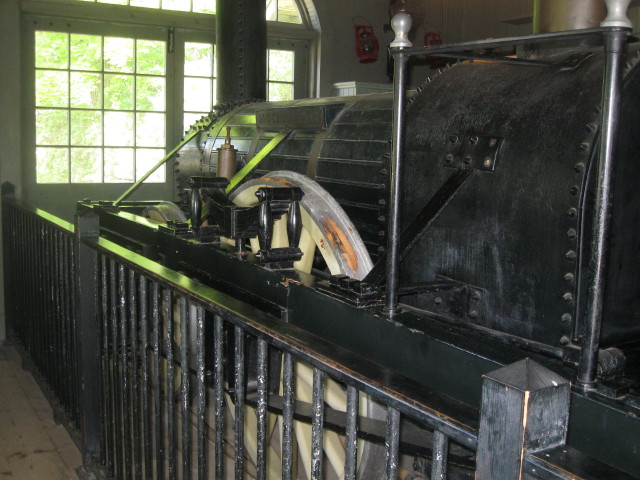
This wooden replica was first displayed at
the Columbia Exposition in Chicago in 1893.
